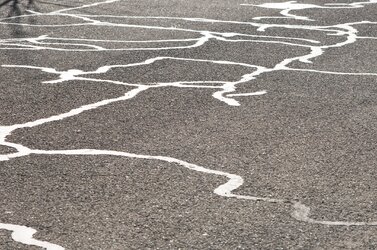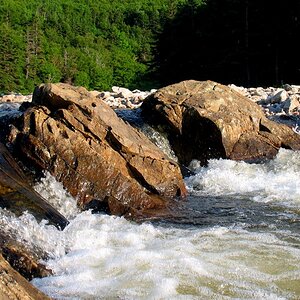Ysarex
Been spending a lot of time on here!
- Joined
- Nov 27, 2011
- Messages
- 7,139
- Reaction score
- 3,701
- Location
- St. Louis
- Can others edit my Photos
- Photos OK to edit
Ah, good point about those who correlate noise to ISO. I agree with what you're saying.
Personally, I loosely associate the ISO speed rating to sensitivity. In a digital sensor, there's actually only one level of sensitivity and everything else is amplification (or attenuation). That's why the association is loose. And that applies when I'm using my DSLR's. But I can't find any circuitry embedded in my 4x5 sheet film. And yet it has an ISO rating. And film is reasonably described as having a certain sensitivity to light.
I find (and especially for those starting out) that recognizing the sensitivity to light as one of the balancing factors is helpful (and entirely adequate) in determining proper exposure.
Photography is somewhat unique in its ability to captivate both left-brained and right-brained folks. As soon as we go much further than describing ISO as a sensitivity value, half the audience is disinterested.
I think a lot of the confusion fog out there has resulted from our original attempts to equate ISO in film with ISO in digital. The analogy is weak in too many ways, and when we say to a beginner, "...you remember film right? digital ISO is just like film only you can change it as needed," we start a cascade of misunderstanding and before you know it high ISO on a digital camera becomes the cause of digital noise. Noise in a digital photo is primarily a function of exposure.
Absolutely we need to deal with the light sensitivity of the medium both film and digital. Can't we do that without confusing folks? Hell, you can go straight to Nikon's website and find them telling beginners that changing ISO on a digital camera changes light sensitivity. We're pretty deep in the hole we've dug.
Joe















